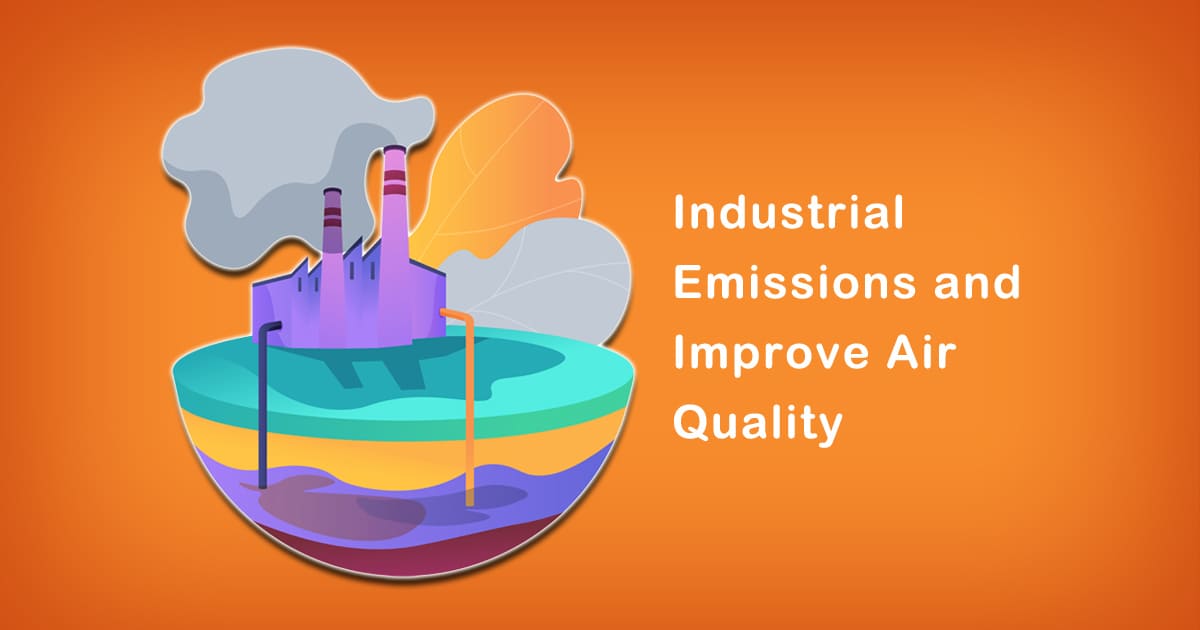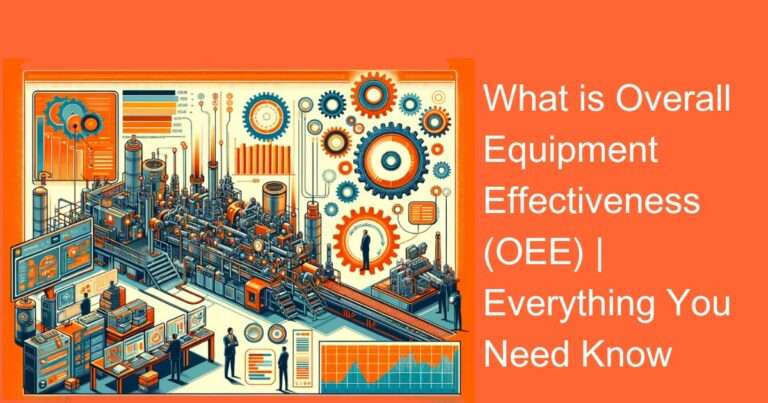Introduction
India is among the fastest-growing economies globally, and with this growth comes a significant increase in industrial activity. Unfortunately, this growth also results in a significant increase in air pollution, which can have adverse health effects on the population. As a result, Environmental Health and Safety (EHS) professionals play a crucial role in reducing industrial emissions and improving air quality in India. This blog will discuss strategies that EHS professionals can use to address industrial emissions and improve air quality in India.
Industrial Emissions in India
According to a report by the Ministry of Environment, Forest and Climate Change (MoEFCC), industrial emissions account for 40% of the total particulate matter (PM) emissions in India. This makes the industrial sector the second-largest contributor to air pollution in the country. Among the industrial sources, thermal power plants, industries using coal, cement plants, and brick kilns are significant contributors to air pollution.
Strategies to Tackle Industrial Emissions
EHS professionals can take several steps to reduce industrial emissions and improve air quality in India. Some of these strategies include:
1. Implementing Cleaner Technologies:
One of the most effective ways to reduce industrial emissions is by implementing cleaner technologies. EHS professionals can encourage industries to adopt new technologies, such as cleaner fuels and energy-efficient equipment, to reduce emissions.
2. Conducting Regular Emissions Monitoring:
Regular emissions monitoring is crucial to identify sources of pollution and determine the effectiveness of pollution control measures. EHS professionals can work with industries to conduct regular emissions monitoring and establish a robust monitoring and reporting system.
3. Strengthening Environmental Regulations:
EHS professionals can work with regulatory authorities to strengthen environmental regulations and ensure their proper implementation. This could include setting emission standards and penalties for non-compliance.
4. Promoting Sustainable Practices:
EHS professionals can promote sustainable practices in industries to reduce waste generation and improve resource efficiency. This could include encouraging the use of renewable energy sources and promoting circular economy practices.
5. Encouraging Public Participation:
EHS professionals can work with communities and stakeholders to raise awareness about air pollution and its adverse effects. This could include conducting public education campaigns and involving communities in monitoring and reporting air quality data.
Benefits of Improving Air Quality
Improving air quality in India has several benefits. It can lead to improved public health, increased productivity, and reduced healthcare costs. According to a report by the World Bank, air pollution in India resulted in a loss of $36.8 billion in 2013 alone. Improving air quality can also help India achieve its climate change targets by reducing greenhouse gas emissions.
Conclusion
In conclusion, industrial emissions are a significant contributor to air pollution in India, and EHS professionals play a crucial role in reducing these emissions and improving air quality. By implementing cleaner technologies, conducting regular emissions monitoring, strengthening environmental regulations, promoting sustainable practices, and encouraging public participation, EHS professionals can help reduce industrial emissions and improve air quality in India. Improving air quality can lead to several benefits, including improved public health, increased productivity, and reduced healthcare costs.








